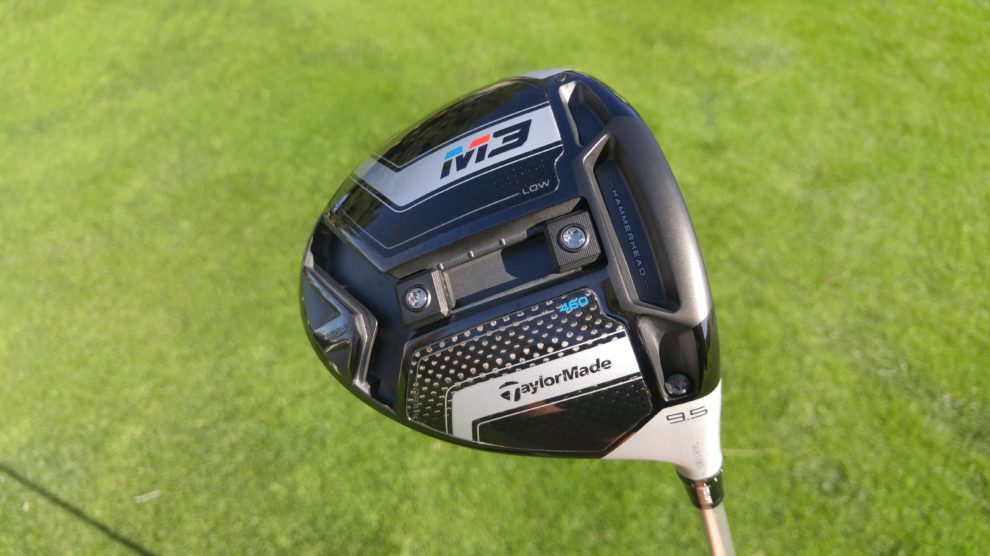TaylorMade Golf has two new drivers for 2018, replacing the M1 and M2 drivers with the next iteration of both of those products: the logical M3 and M4.
The overall story of the differences between these two drivers remains the same from the previous generation. M3, like M1, is about total customization, while M4, like M2, is about maximum forgiveness. Each of the drivers has key features which deliver on those big headlines.
However, with M3 and M4, there are two common features -- one in particular -- which the company believes will compel you, the golfer, to put one in your bag.
The first is Twist Face. What is Twist Face? Twist Face is a dramatic change for TaylorMade in driver face design, offering a more dynamic view of the traditional bulge-and-roll face design we've seen forever. In Twist Face, TaylorMade sought to provide straighter, longer results for the two most common misses on the face: the high-toe hook and the low-heel fade. They did this with loft changes in those sections of the face, adding loft on the high toe so those duck hooks go higher and hold on for longer before diving left, and then decreasing loft on the low heel so those high fades don't go so high and lazy with a lot of spin.
It's hard to notice Twist Face, and there's not much use in trying. TaylorMade designed the M3 and M4 aesthetic with a variety of cues to keep you from figuring out the oddness of the face. However, the tech story here is TaylorMade saying your high-toe misses will go from an average of 8 yards offline left to 2 yards offline left, while your low-heel misses will go from an average of 6 yards right to 1 yard right. Tighter dispersion from the center line and more length on the bad shots we all hit a so many of when we play.
The other big technology is Hammerhead. TaylorMade has been using sole slots for years, and in pretty much every club they have offered. The idea is the slot allows the face to flex more at impact, particularly on off-center low hits, to deliver more ball speeds and forgiveness. However, with Hammerhead, TaylorMade is creating a three-sectioned pocket of sorts. The smaller pocket sections on the heel and toe are stiffer, while the largest section in the middle is less stiff. The idea is to create some framing around the pocket to deliver the most benefit, offering more overall club stability at impact and accounting for the benefits of Twist Face.
Both drivers feature a new silver-led paint job, more and lighter-weight carbon fiber throughout, as well placing (or ability to place) more discretionary weight in ideal locations for shot-shaping or forgiveness. Both drivers feature 12-way adjustability on the hosel, as well.
So, what makes M3 and M4 different? Let's take a look.
TaylorMade M3 drivers, fairway woods and hybrids
TaylorMade's M3 driver has the smaller profile of the 2018 models, just like it's M1 forbear. It's also more customizable, particularly in terms of sole weights. On the M4, there is one large sole weight in the back portion for lowering center of gravity and increasing forgiveness.
With the M3, TaylorMade offers the most customization yet with a Y-shaped weight track. There are two, 11-gram weights which can move completely independent of one another, offering 1,100 or so different combinations of weight placement. Place the weights all the way back at the end of the fork of the Y for maximum forgiveness. Move them both forward for lower ball flight and a big spin kill. Or do something in between. It's up to you, but the options feel endless.
The M1 driver will come in a 440cc model (which I fit into again this year after having my best driving year ever with the 2017 M1 440), and both models will retail for $500. They'll be available in 8.5, 9.5, 10.5 and 12 degrees in the standard model, with the 440 coming in only 9.5 and 10.5 degrees.
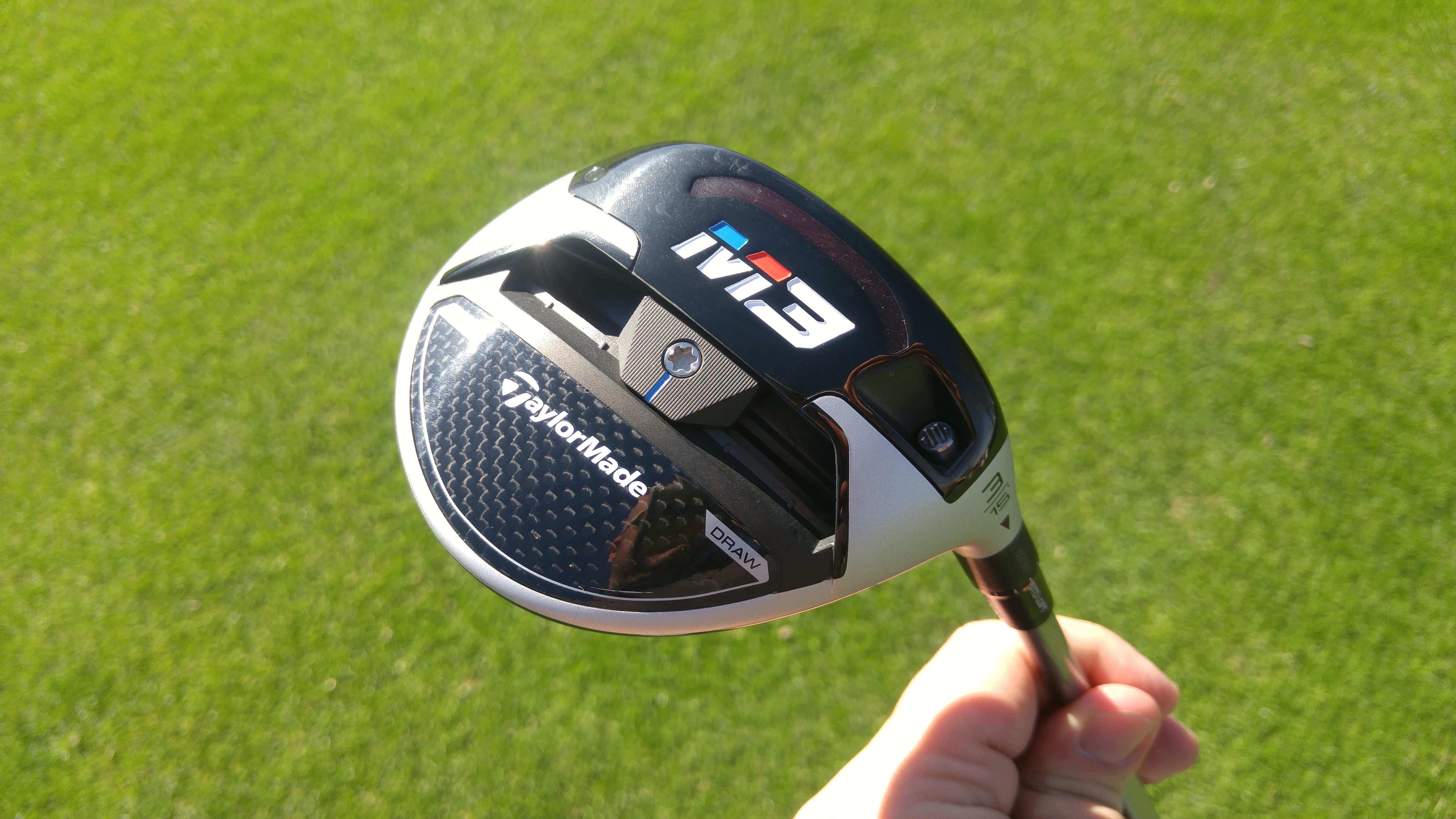
The M3 fairway woods are a story in more intelligent design. A smaller weight screw allowed TaylorMade to adjust 4 more grams of weight (29g vs. 25g) and do so on a slightly longer, more-forward track. The C300 maraging steel face is more flexible and offers a better distance pop. The M3 fairways will come with the Mitsubishi Tensei Blue by default, and they'll run $300 each in 15, 17, and 19 degrees heads, with adjustable sleeves offering loft changes up and down 2 degrees.
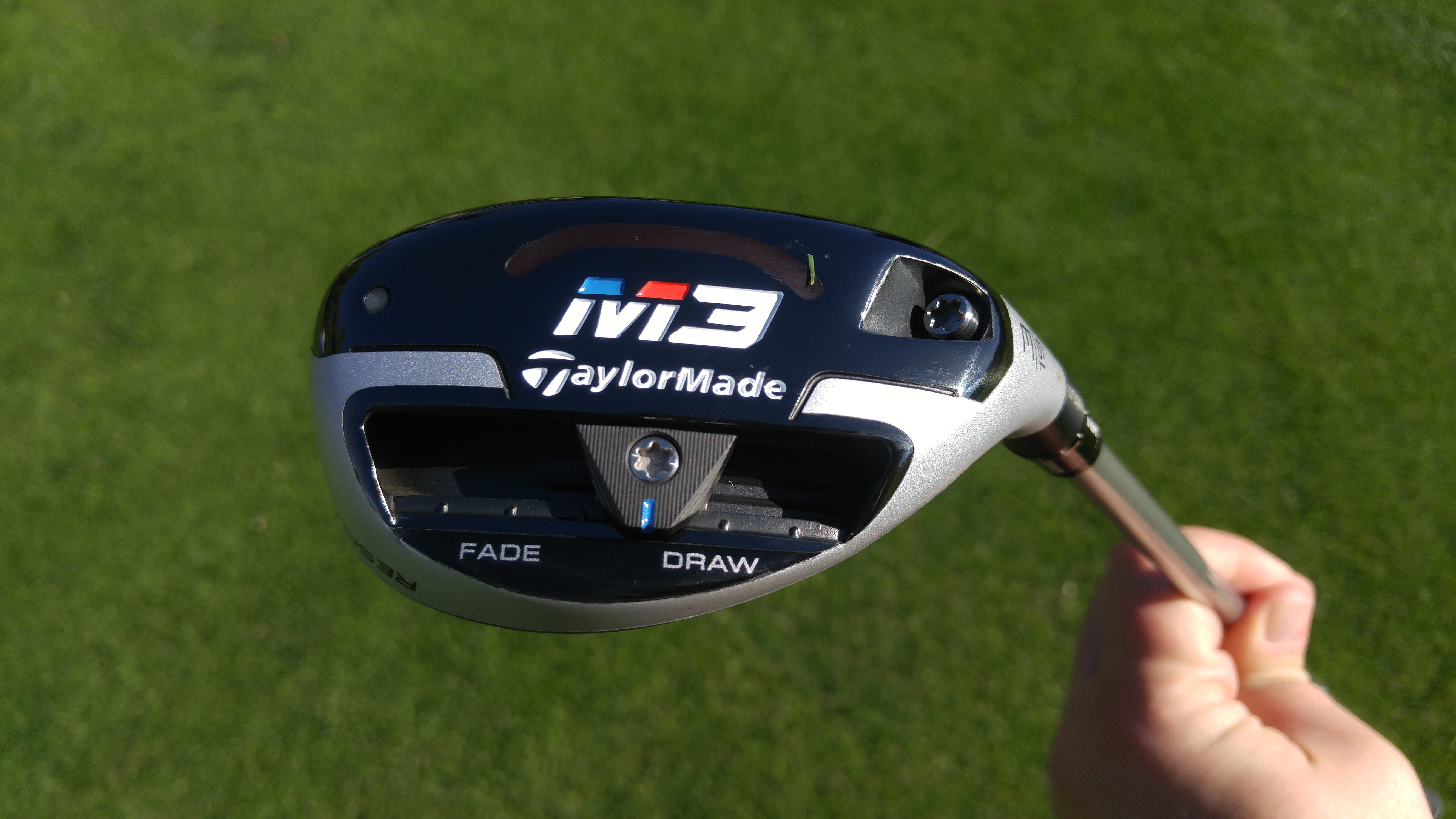
The M3 hybrids (rescues in their parlance) continue to maintain a smaller, more iron-like profile compared to the M4, but the story again, like the fairway woods, is way more adjustable. The side-to-side track weight is bigger and has 30 grams of weight, which is a 3-gram increase. The M3 hybrids are available in 17, 19, 21 and 24 degrees heads, with the up-down two degree adjustable hosel. The Mitsubishi Tensei Blue graphite shaft is standard here, too. They'll go for $250 each.
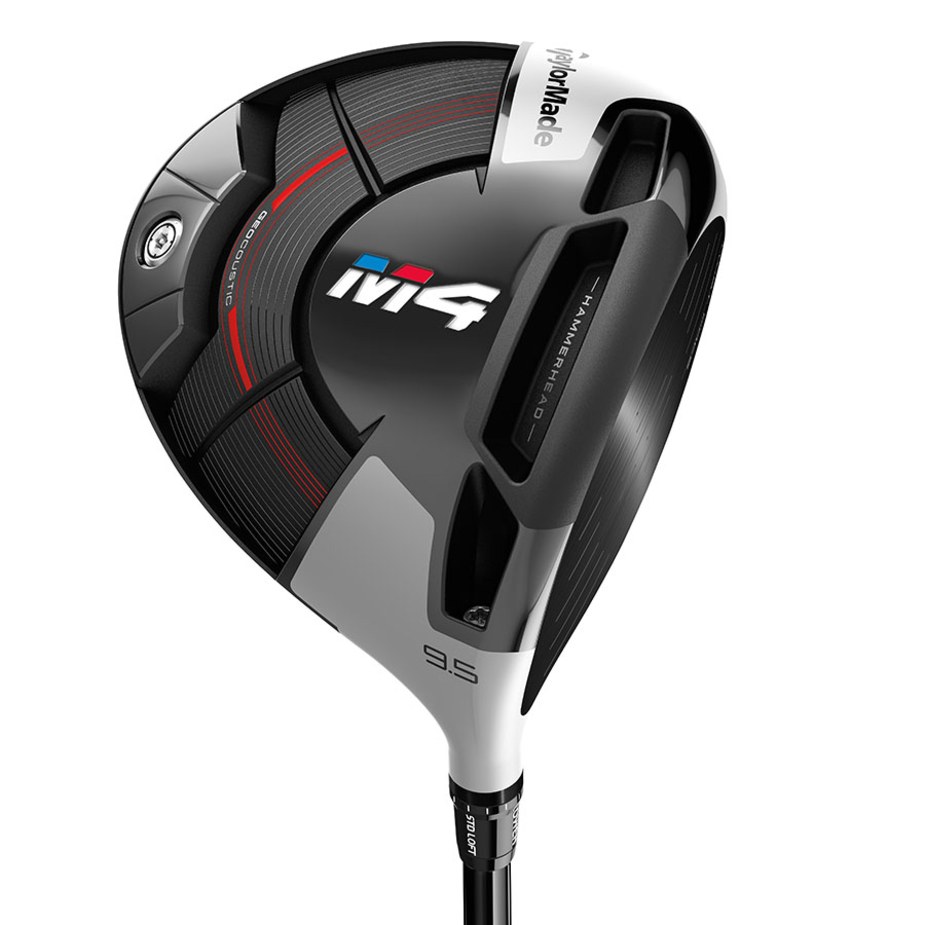
TaylorMade M4 drivers, fairway woods and hybrids
TaylorMade's M4 driver has a consistent story from the M2: max forgiveness. So, the generational improvement here is twofold: a clubhead which is 15 grams lighter than the M3 and has more discretionary weight moved into the back sole to offer that low-and-back center of gravity most golfers crave.
The M4 face is significantly lighter than the M2 face, allowing for some of that weight savings packed in the back sole. The carbon fiber used throughout is also lighter. The face is bigger than M3, but the overall profile difference is not that dramatic compared to M1 and M2.
So how much weight is in the back sole? 41 grams, basically double the prior M2. Without the weight track, TaylorMade can use more carbon fiber, make the club lighter for faster swinging and deliver on forgiveness goals with high MOI in a package that doesn't feel tremendously huge.
There's a D-Type version of the driver, which moves that discretionary back weight toward the heel to move center of gravity in a way which encourages slice-fighting, to the tune of 20 yards compared to the regular M4.
The M4 drivers will run $400 with 9.5, 10.5, 12 degrees heads on the standard and 10.5 and 12 degrees on the D-Type. The Matrix Platinum White Tie graphite shaft is the stock on the standard, with the Matrix White Tie MSF5 45-gram shaft on the D-Type.
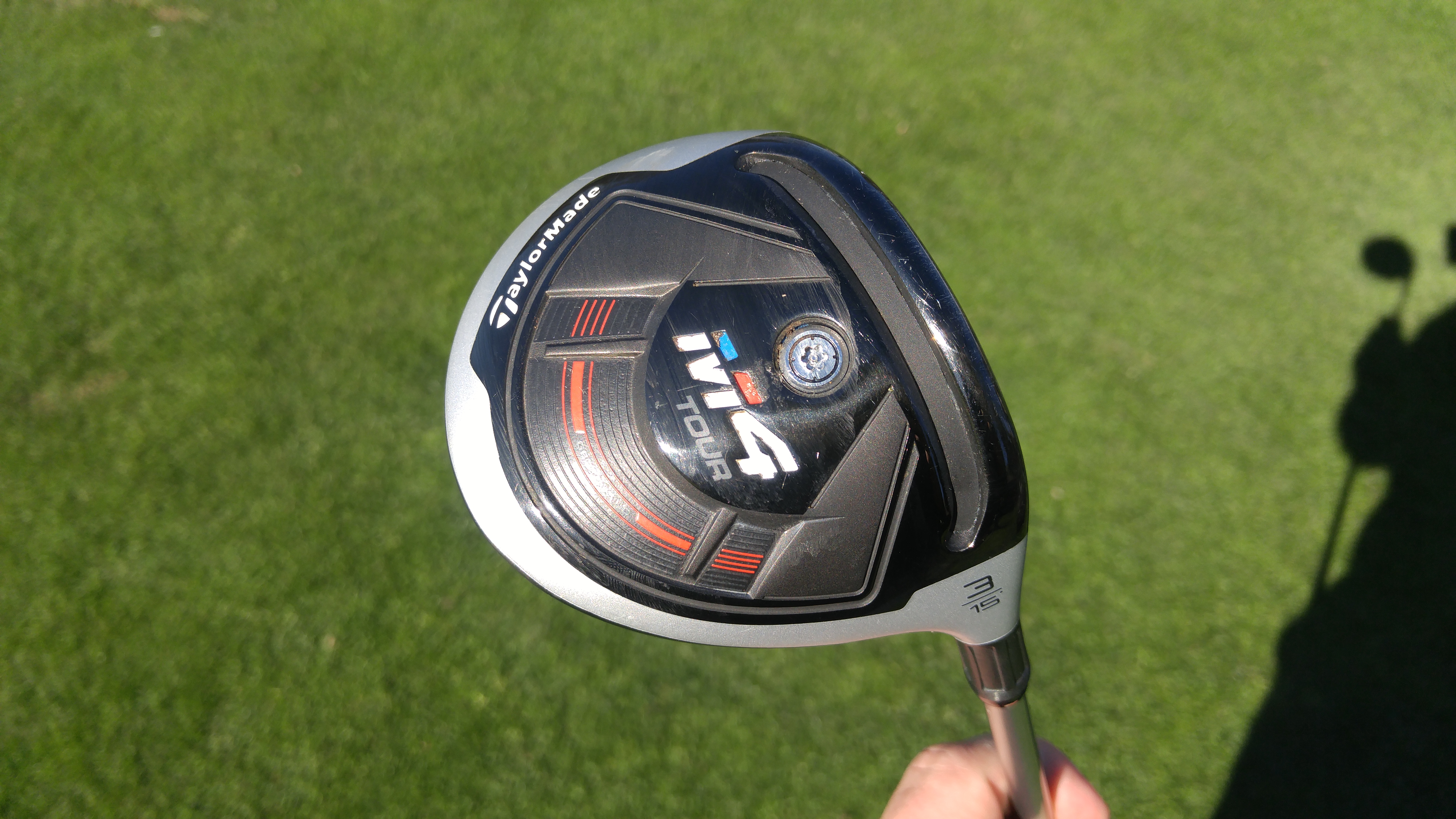
The M4 fairway woods are a little bigger footprint than the M3, and they're designed to be distance monsters. The weighting in the sole has been forked to offer more forgiveness without sacrificing distance. The sole channel here is improved and shaped more like a parenthesis to deliver maximum benefits. There's no adjustable weight tracking here, and the club has a lower profile than the M3 while sharing the C300 maraging steel face. There will be M4 Tour models available.
The M4 fairway woods come in 15, 16.5, 18, 21 and 24 degrees heads for $250 each with the Mitsubishi Tensei Blue graphite shaft as standard.
The M4 hybrid carries a larger footprint than the M3, and it also has more of a draw bias to it. It is available in four lofts -- 19, 22, 25 and 28 degrees -- with the standard Fujikura Atmos Red graphite shaft for $200 each.

